Producers
-
Description:
Clos des Fous was founded in 2008 by Pedro Parra, Francois Massoc, Paco Leyton and Albert Cussen. The four friends were tired of hearing that Chilean wine was all boring, industrial, green and overripe so they set out in search of the Dark Side of the Moon. Francois and Pedro are longtime friends, akin to brothers, and both have spent much time abroad making wine and working vineyards in Europe. Pedro has a Masters degree in precision agriculture and a Ph.D. for his work with terroir, and currently consults as a terroir specialist around the globe in Argentina, Oregon, Italy, France, Spain, Georgia, Croatia and beyond working with world renowned vignerons like Jean Marc Roulot.
The Clos des Fous philosophy is to produce exciting wines from grapes grown in extreme terroir with minimal intervention in the winery. They own and manage vineyards in Malleco, Guarilihue, Alto Cahapoal and Western Aconcagua, which allows them to produce a variety of wines and work with multiple iterations of Pinot Noir, Cinsault, País, Cabernet Sauvignon, Chardonnay and Riesling at their winery in Cauquenes, Maule. This is one of Chile’s most innovative, inspiring and authentic wineries, producing some of the most exciting wines in South America.
This profile and tasting notes were edited from the Brazos Wine website, along with the pictures used. For more information please visit: Brazos
Image: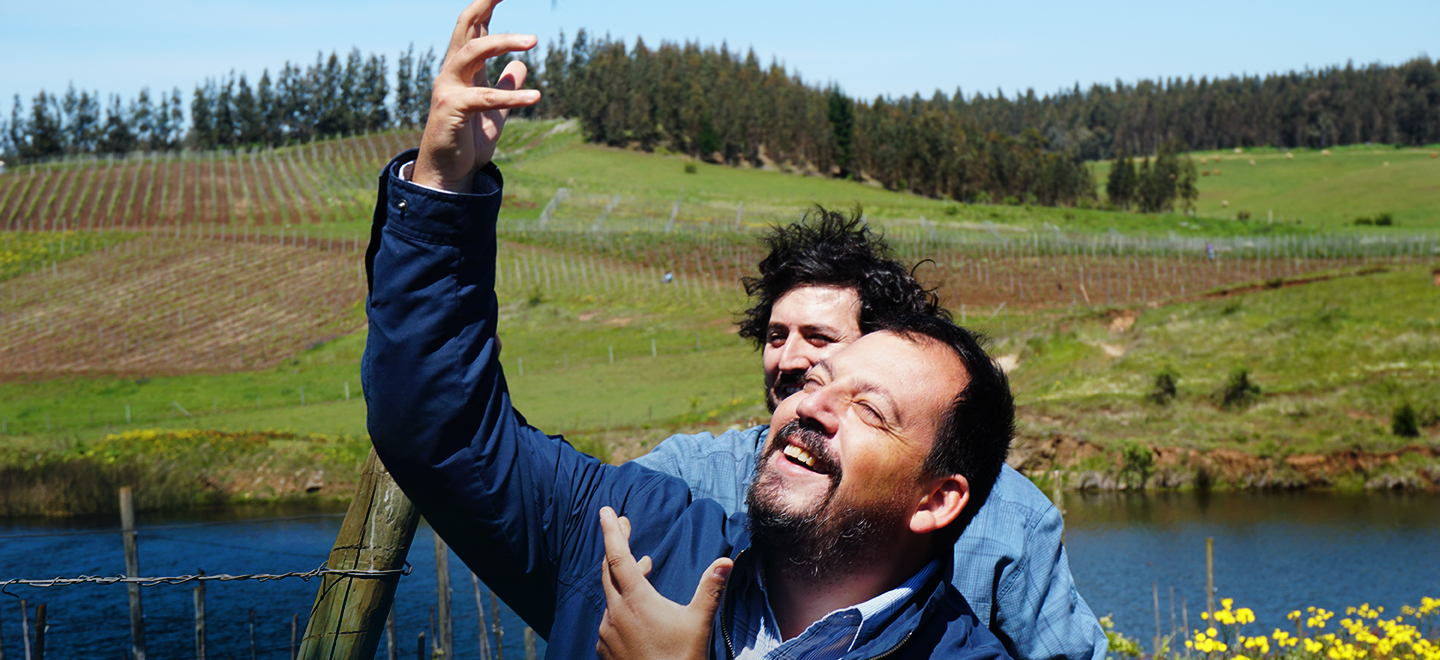 Region:
Region: -
Description:
For more information on Clos Marfisi, please visit Selection Massale.
Available in California.
Image: Region:
Region: -
Description:
Way up in the northern reaches of the Sierra Foothills, Gideon Beinstock and his wife, Saron Rice, produce small batches of wines that are unlike anything else coming out of California. Using traditional techniques and strict organic methods both in the vineyard and the cellar, they make tiny amounts of Pinot Noir from their two and one-fifth acre home vineyard as well as a variety of unique blends from five and a half acres of nearby leased vineyards that they farm as well.
The vineyards are densely planted, about 2,500 vines per acre, and are dry farmed wherever possible; yields range from as low as one ton per acre and maxing out around two. Because their area is free of phylloxera, their vines are all “own-rooted” and some are over thirty-five years old.
Their vineyards are harvested in repeated passes through the vines (typically from three to eight times), picking only clusters as they begin to soften, to determine perfect ripeness. The grapes are foot-stomped in open-top bins allowing the vineyards' indigenous yeasts to conduct the fermentation. For the blends, the grape varieties are all co-fermented as Gideon believes the results are better integrated. The wines are then aged on lees in five- to twenty-five-year-old French oak barrels for as long as he feels is needed before being bottled, unfined and unfiltered, with minimal use of sulfites. Production is often around one hundred cases or less per wine.
Over the past thirty-five years, Gideon has been involved in almost every aspect of the wine industry: sales, writing, purchasing, educating, and a sixteen-year-long stint as winemaker for Renaissance. It is at Clos Saron, though, where he has tapped into something rare: wines that are challenging, surprising, and yet instantly gratifying. They happily defy description and convention without forgetting that, at its core, a wine should be a pleasure to drink.Image: Region:
Region: -
Description:
Thank you to importer Louis/Dressner for this profile of Closel:
(Click here for more Closel insight on LDM's website and here for the winery's own website)
Château des Vaults in Savennières dates back to 1495, and was inherited by Michèle de Jessey in 1962 from her childless aunt Madame du Closel. Michèle and Jacques de Jessey turned the small family estate into Domaine du Closel. The entire vineyard is located on the most western hill of Savennières and includes some of the best parcels in the AOC: Les Caillardières and Clos du Papillon. The topsoil is shallow, very warm and consists of purple/green schist and sandstone enriched with volcanic rocks (quartz, phtanites, ryolites and spilites) in the best areas.
Evelyne de Pontbriand, Michèle and Jacques' daughter, took over the estate in 2001 after a first career of teaching French literature to adults all over the world. As a lover of botanics and nature, she quickly adopted organic viticulture, which continues to be an experimental learning process. She is constantly searching for cultural practices best adapted to the austere terroirs of Savennières and has deeply changed vinification practices in the cellar. Vinification is done very naturally and with indigenous yeasts; sulfites are only added in tiny doses when needed. The wines are raised on lees from 12 to 26 months. The rhythm of fermentation is always respected.
Today the entire estate has been converted to organic and biodynamic practices in order to best express the different terroirs, each producing unique, original and delicious wines. With the help of a Belgian geologist Valerie Closset, all of her parcels have been inventoried and analysed to understand them better (which ultimately led to each cuvée sharing the name of the parcel it came from). A lot of energy has recently been focused on understanding and dealing with fungal illness in the vines. For esca, replacements are done in two phases: the first consists of planting the rootstock.
About two years later, a selection massale of Chenin is grafted from a healthy vine. New plantations are done with material from Lilian Berillon, the first and only organic pépinieriste in the world. (http://www.lilian-berillon.fr/).The other experiments have focused on pruning: new plantations are pruned in the ancient style of gobelet, allowing the vine to grow bunches all around and have more exposure to sun and wind. Instead of being cut, the growing branches are now gently wrapped around the top wire. Evelyne believes that foliage thinning is traumatic to the vines, as leaves are the plant's vital organs. She has quickly noticed a change in the aromatic palate of the wines. Much focus has also been dedicated to soil work. Different plants, such as cereals and cloves, have been used as green fertilizers; the idea is to let indigenous vegetation grow in order to reestablish an authentic biodiversity in order to help fight insects and pests.
Evelyne passed unexpectedly in November 2024, mere months after our last visit with her. For decades, she shaped the very existence of Louis/Dressner tours in the Loire and the USA. Incredibly funny, sharp, intelligent and always full of life, energies and ideas, she left Closel, the Loire and our lives a better place. For that: Merci Evelyne!
While there is much still to define going forward, Closel continues today through the de Pontbriand family, with Eveylne’s sons and daughters at the helm.
Image: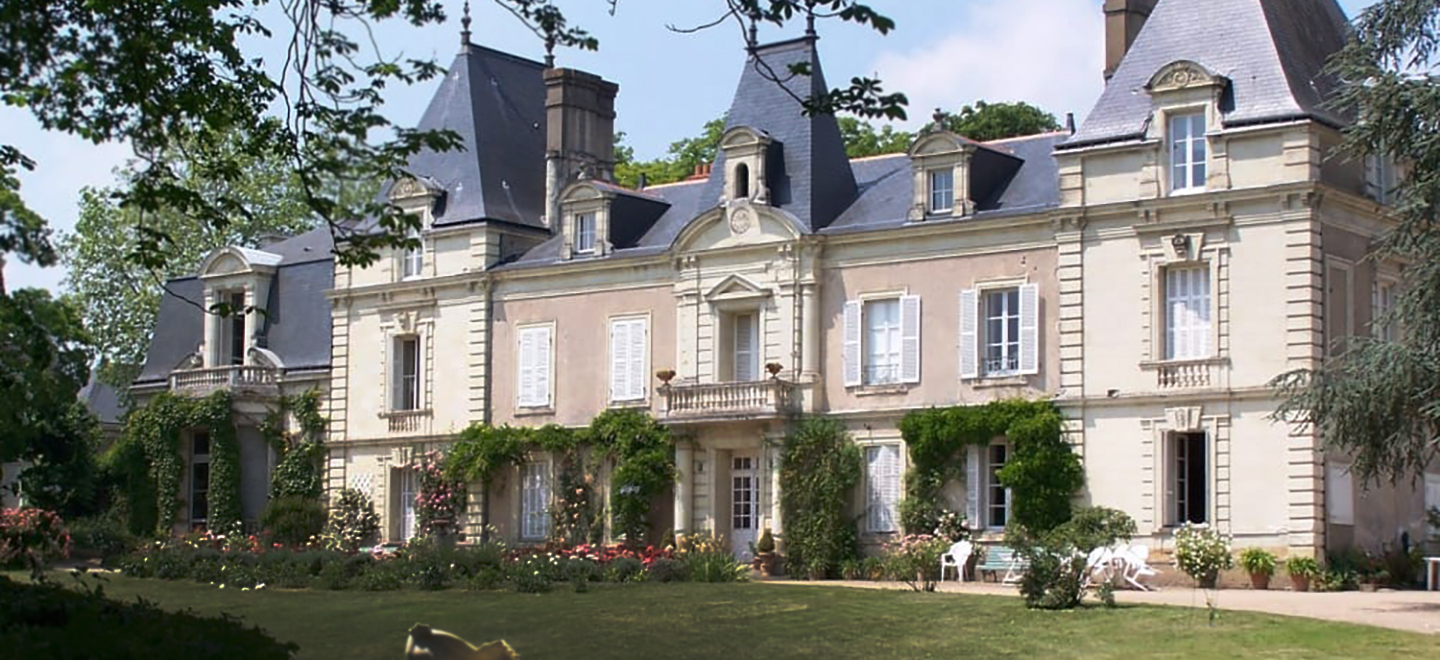 Region:
Region: -
Description:
For more information on La Closerie du Chêne, please visit Selection Massale.
Available in California.
Image: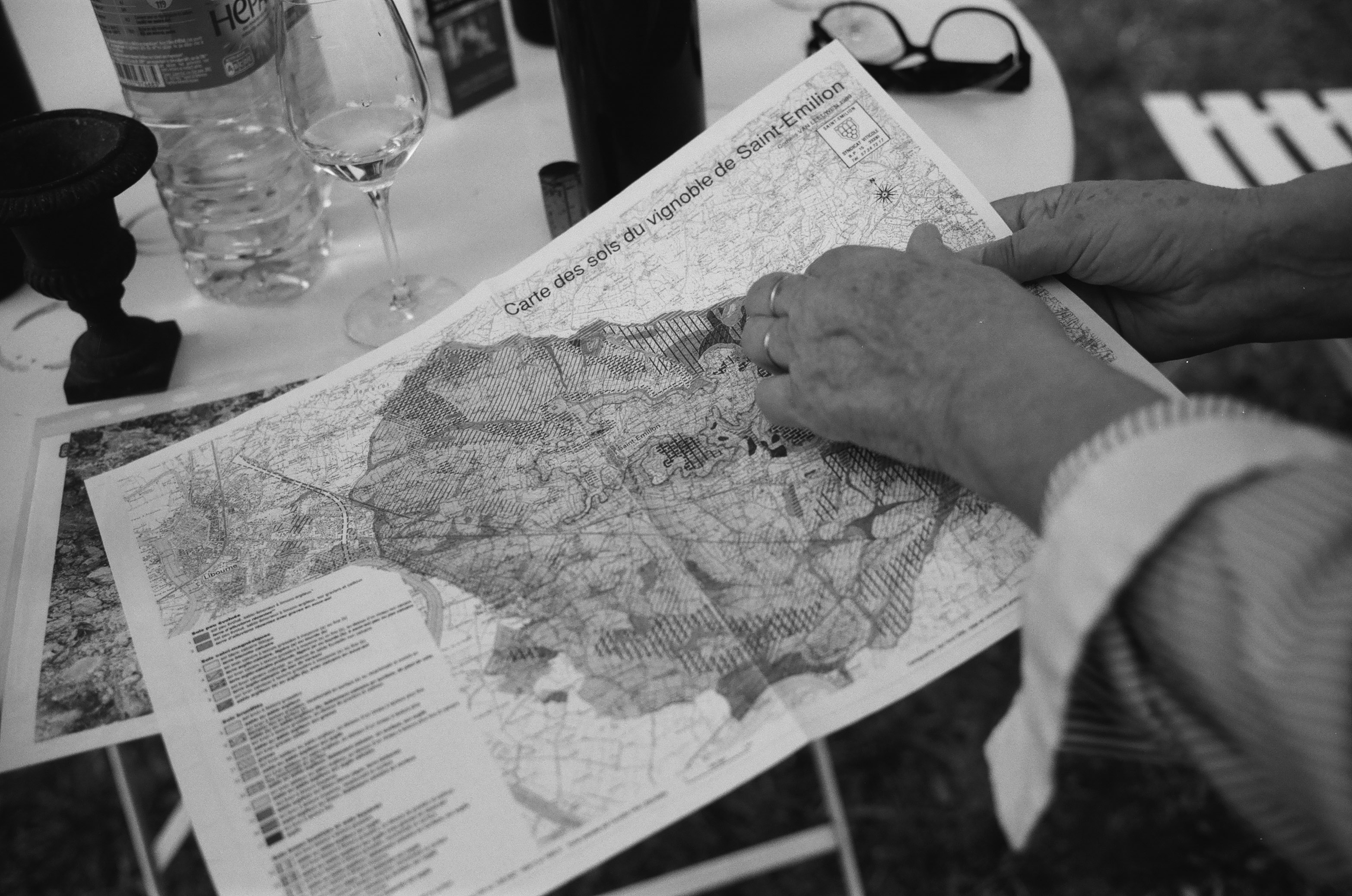 Region:
Region: -
Description:
Anne Collard, who runs the Château Mourgues du Grès with her husband Francois, always wanted to have vines in the Côtes du Rhône. In 2019, she found a great site just six kilometers north of Mourgues du Grès that was everything she was looking for. She purchased 30 hectares in Comps, a Côtes du Rhône Villages, which is in the confluence of the Rhône River, on a north-facing hillside. They mostly have Grenache, along with Mourvèdre and Carignan. Comps is the southernmost village in the Côtes du Rhône appellation and it’s a particularly windy area, convenient for organic agriculture. The soil is very rocky, with steep slopes. Anne’s son manages the vineyards, and they began immediately to convert to organic and biodynamic farming.
The wines are made at Mourgues du Grès, in a new part of the cellar, in new tanks. They are not using any sulfites during winemaking or aging, and the fermentations start spontaneously with indigenous yeasts. The wines are made in concrete vats that are not epoxy lined and the wines stay in the same cement tank until they are bottled, generally after about eight to twelve months of aging. They are making three wines, a juicy chillable red called "Rock, Paper, Scissors", a Côtes du Rhône and a Côtes du Rhône “Aube” that is made with the oldest vines, fifty years-old average. 2020 was an excellent vintage and the first to be released. Total production is about 12,500 cases. The wines are distinctly elegant, fruit forward, and mineral with freshness.
Image: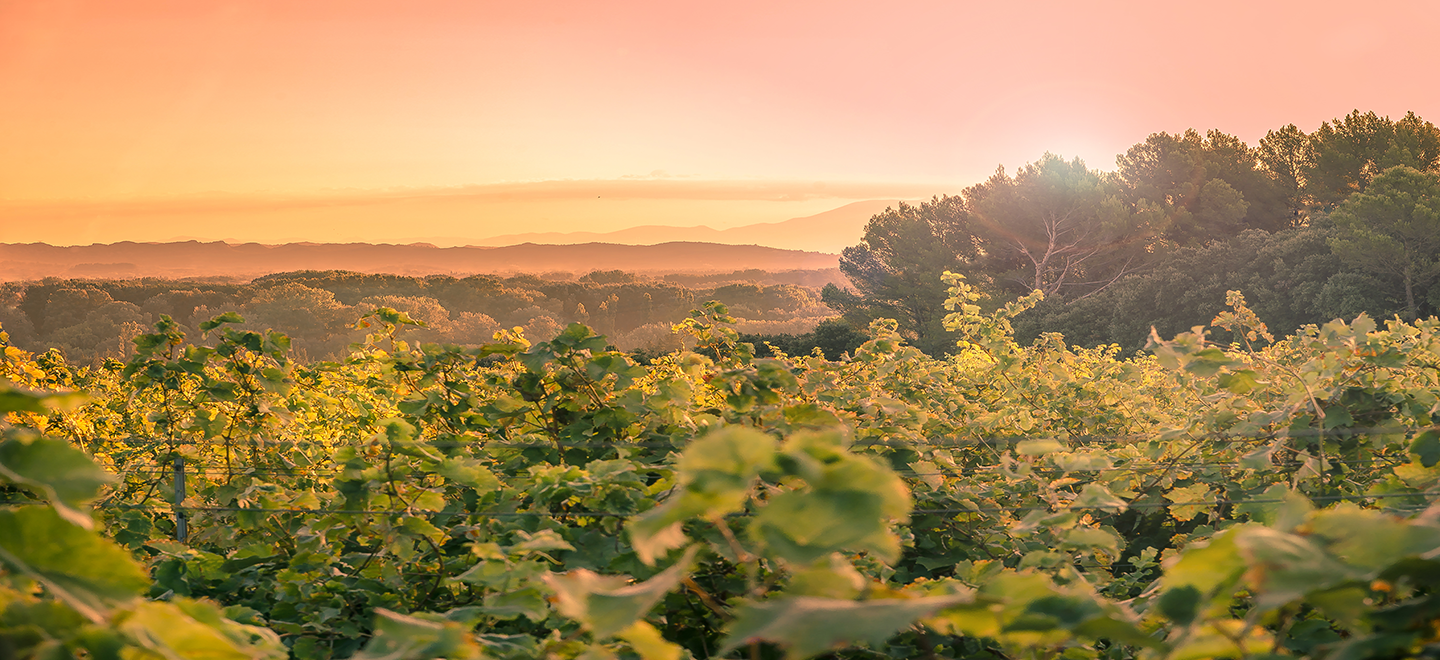 Region:
Region: -
Description:
Philippe Collin, a native of Champagne, moved to Limoux in 1980 to establish his own domaine. Though his family has made Champagne for generations, the opportunities in this sought after (and extremely expensive) area were very limited. With a deep understanding of terroir and considerable technical expertise, he decided to try his luck in the South of France. The area of Limoux offered Philippe a unique opportunity: vineyard land in Limoux is just a fraction of the cost of vineyard land in Champagne and, most importantly, the microclimate in Limoux is especially well suited to white wine and sparkling wine production. Located a couple of hours inland from the Mediterranean, it is the coolest area in the Languedoc. In fact, Limoux is among the earliest areas in the world to be known for producing sparkling wine, and records show sparkling wine being produced in the area as early as 1531. The primary grape for sparkling wine in Limoux is Mauzac. Though at its best Mauzac can produce a nice sparkling wine, the bulk of wine made from Mauzac can be very green and uninteresting. Since Philippe is more interested in quality than in bulk production, he planted the majority of his vineyards with traditional grapes of Champagne- Pinot Noir and Chardonnay- as well as quite a bit of Chenin Blanc, which in this climate serves to balance the wine.
Image: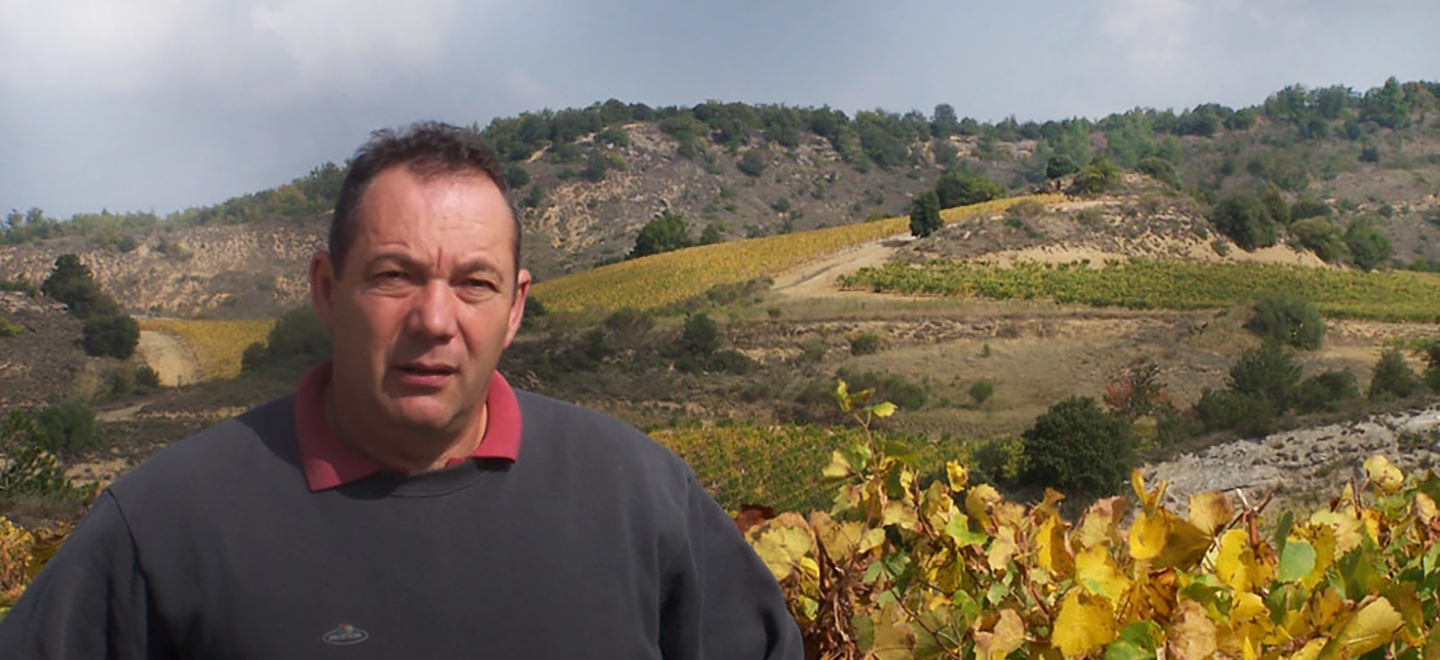 Region:
Region: -
Description:
Thank you to importer Louis/Dressner for this estate profile:
(Click here for further Combel La Serre insights from Louis/Dressner)
Julien Ilbert is a young, charismatic vigneron with a fresh perspective on his native Cahors. Vines have been in the Ilbert family for generations, though grapes had always been sold to the local cave coopérative. In 1998, Julien decided to break off and start his own estate. Things didn't exactly go according to plan, and a chance meeting with Mathieu Cosse at a rugby match quickly led to a seven year relationship, with Julien being Mathieu's main source for high quality Auxerrois (aka Malbec, aka Côt).
After an amicable split in 2005, Julien was back on track to producing his own wines: Château Combel-la-Serre was born. 25 hectares of Auxerrois are planted on a diverse amount of terroirs, all within 5 kilometers of the cellar. Though a Cahors wine only needs to be 70% Auxerrois to get the appellation, Julien believes it is the only grape suitable for what he's trying to accomplish. In such he has consciously avoided planting the traditional Negrette and Tannat and completely eschewed the more recent trend of planting Bordeaux varietals.
The estate is certified organic as of the 2015 vintage, but chemicals have not touched the vineyards for quite some time. Everything was conventionally farmed from the advent of such technology, but the death of Julien's grandfather from Parkinsons deeply affected the family's agricultural philosophy. Convinced that the chemicals he'd openly exposed himself day in and day out were at the root of his illness (on top of the vines, an additional 40 hectares of cereals were worked by the family at the time), the Ilbert stopped using these products on their land.
The wines have also evolved in the decade since Julien launched his own estate, culminating in what we now get to enjoy in our glasses. Though you should never judge a book by its cover, Julien has made the decision to design playful labels and bottle the wines in Burgundian bottles, two seemingly superficial details that are actually a very bold statement in the ultra-traditional mindset of most Cahors producers.
Image: Region:
Region: -
Description:
For more information on Complemen'terre, please visit Selection Massale.
Available in California.
Image: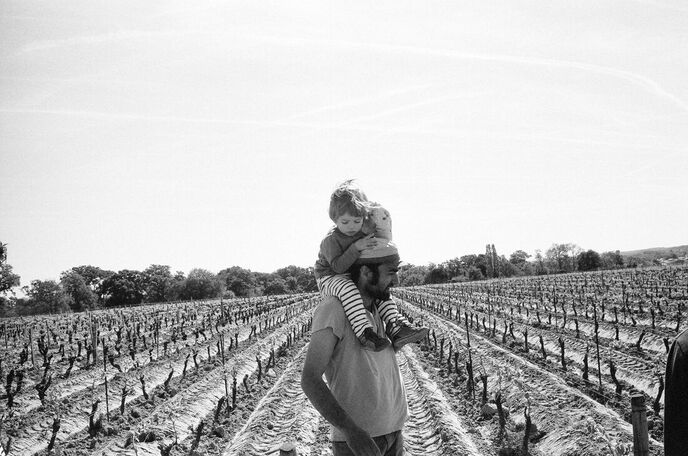 Region:
Region: -
Description:
Chiara Condello is a young winemaker located in the town of Predappio in Emilia-Romagna, specifically Romagna. Emilia and Romagna are lumped together into a broader administrative region, but from the fall of the Roman Empire until the unification of Italy, they had always been separate in history, culture, and dialect.
Chiara owns seven hectares of land, 4.8 of which are planted to Sangiovese, and the rest are split between woods and olive trees. Her family also makes wine in Predappio under their own label called Condè, but Chiara works in her own way, with her own vineyards and own cellar. Her first vintage was 2015, and in short time she’s combined her bright-eyed enthusiasm with a clear vision of what her Sangiovese should be.
Romagna is no stranger to Sangiovese; many ampelographers believe it originates here and not in Tuscany. Predappio is one of twelve villages that give their names to Sangiovese subzones authorized as of the 2011 vintage. It is located in the foothills of the Apennines, and is characterized by a sedimentary soil called spungone, which is relatively young (three million years old, from the Pliocene epoch). It contains abundant, intact shells of marine life, often quite large, and is chunky and porous, held together by a calcareous sandstone “cement.”
A Romagna Sangiovese with an authorized subzone on the label must be 95% Sangiovese, with lower yields and more stringent aging requirements compared to a regular Romagna Sangiovese. Chiara’s two wines—a ‘normale’ and a Riserva called Le Lucciole—are both 100% Sangiovese and go above and beyond what is required by the appellation. Farming is organic since the beginning, making use of cover crops and the occasional application of horse manure. In the cellar, Chiara draws inspiration from the late Giulio Gambelli, often using open-top fermenters with extended maceration (sometimes with whole clusters), and a preference for aging in large neutral vessels. The results show the nuances and energy that Sangiovese lovers can’t live without!
This is only the beginning for Chiara; we’re happy to be a tiny part of what will inevitably be an exciting journey.
BOWLER E-Zine Issue 1 | Q4 2020: Chiara Condello and the Sentience of Animals
Image: Region:
Region:
